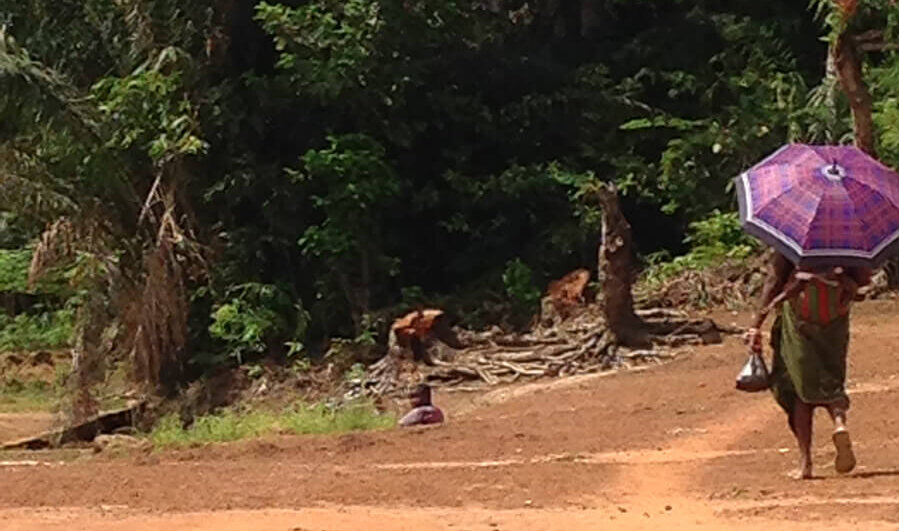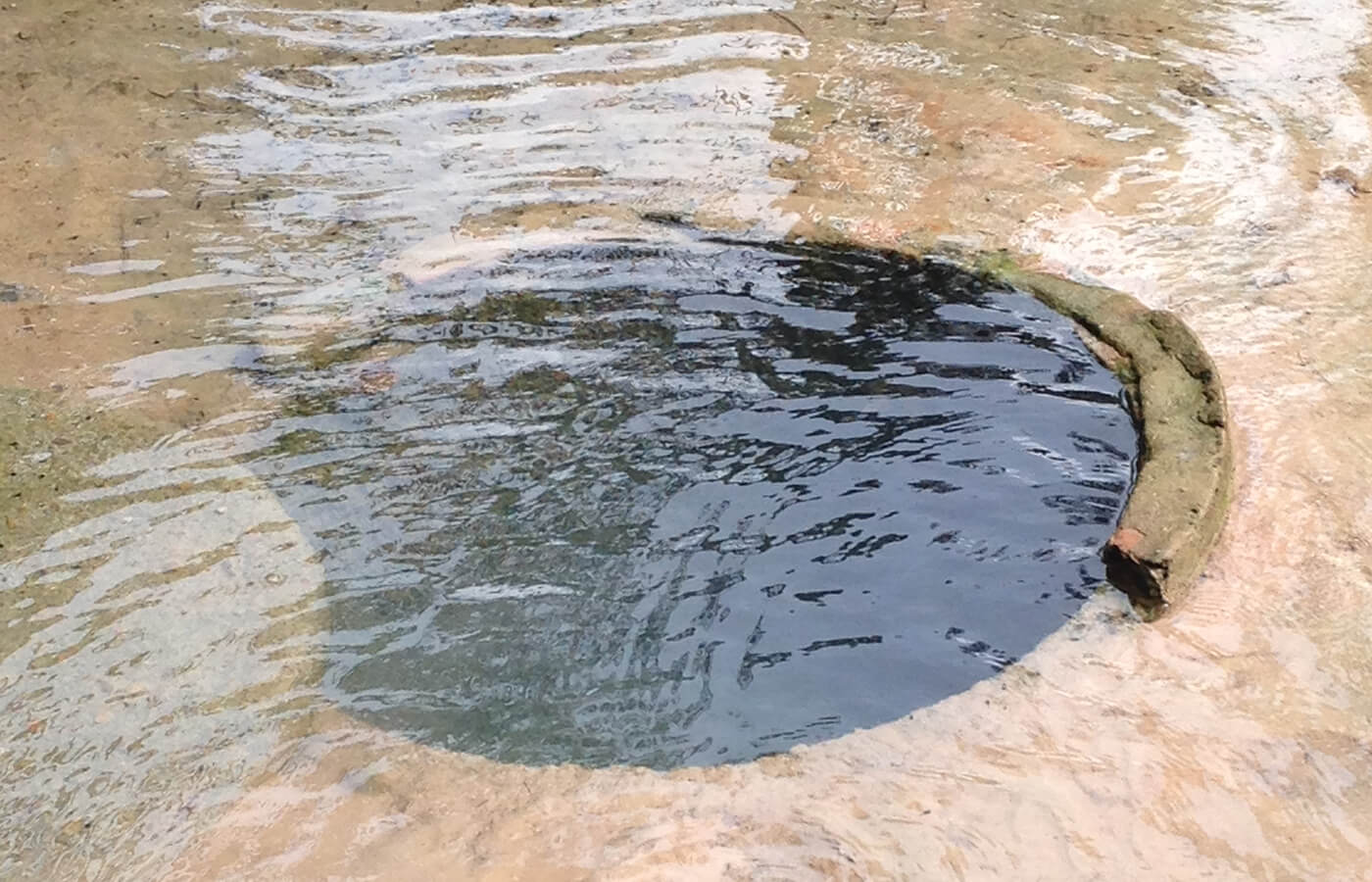This paper investigates the quality of water accessed by underserved populations in the rural communities of Southeast Nigeria in the Anambra state.
In Africa, over 340 million people live daily without feasible access to potable water, spending more than 200 million hours a day collecting water. However, the water collected does not undergo a purification or filtration process. In effect, water-borne diseases tend to be prevalent within these populations.

An investigative team, including Brittany Wilson, MPH, CPH, Darius Taylor, MPH, CPH, Gladys Michieka, MPAS, PA-C, and Esther Oluokun, hypothesized that the retrieved drinking water consumed by rural inhabitants contains naturally-occurring contaminants, potentially exposing individuals to adverse health effects. The investigative team travelled to Anambra, Nigeria to randomly identify seven sources of drinking water and review the water quality consumed by villagers. The team performed field water testing—utilizing reasonably priced, high-accuracy, and easily-managed processes to research the presence of naturally-occurring contaminants.
Results were compared to the recommended safe drinking water quality guideline levels established by the World Health Organization (WHO) and the United States Environmental Protection Agency (US EPA). A small sample size (n = 7) with minimal number of tests (n = 21) that could be conducted during allocated times of day with specific temperatures did pose limitations to this study. However, the results prove the general presence of contaminants, namely Total Coliform/E. coli indicator and arsenic, in drinking water at levels that can cause illnesses and potentially cancer.

With the data established, the hope is the information and education can be of use for the communities exposed to drinking water such as the type(s) investigated.
For more information about this project, please contact
Amanda Sunny, CSP, MPH, CPH
A.Sunny05@outlook.com
